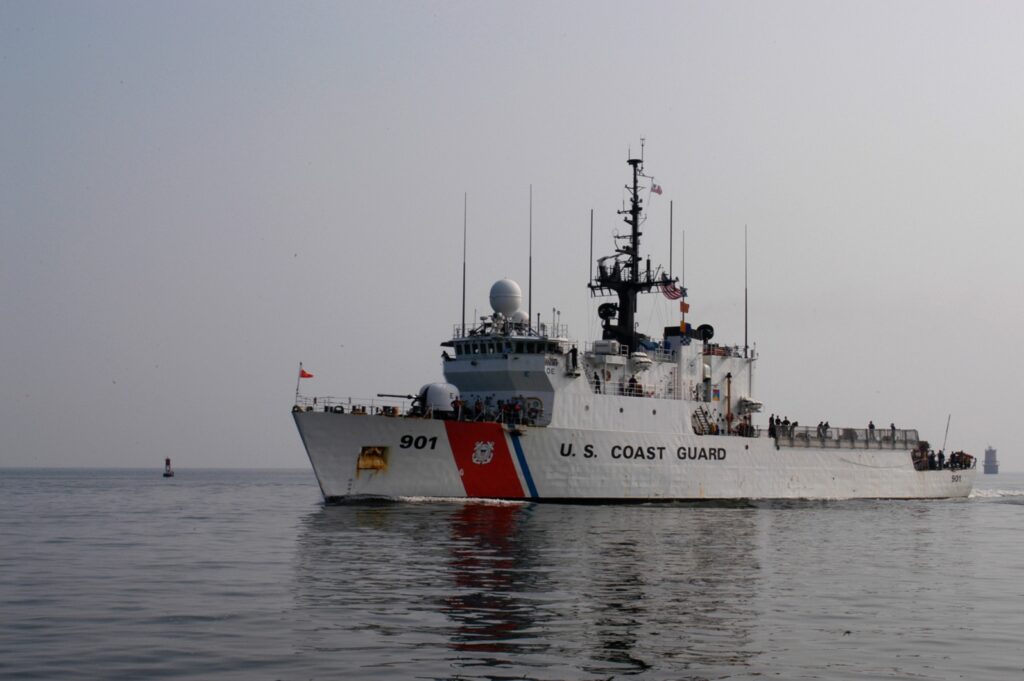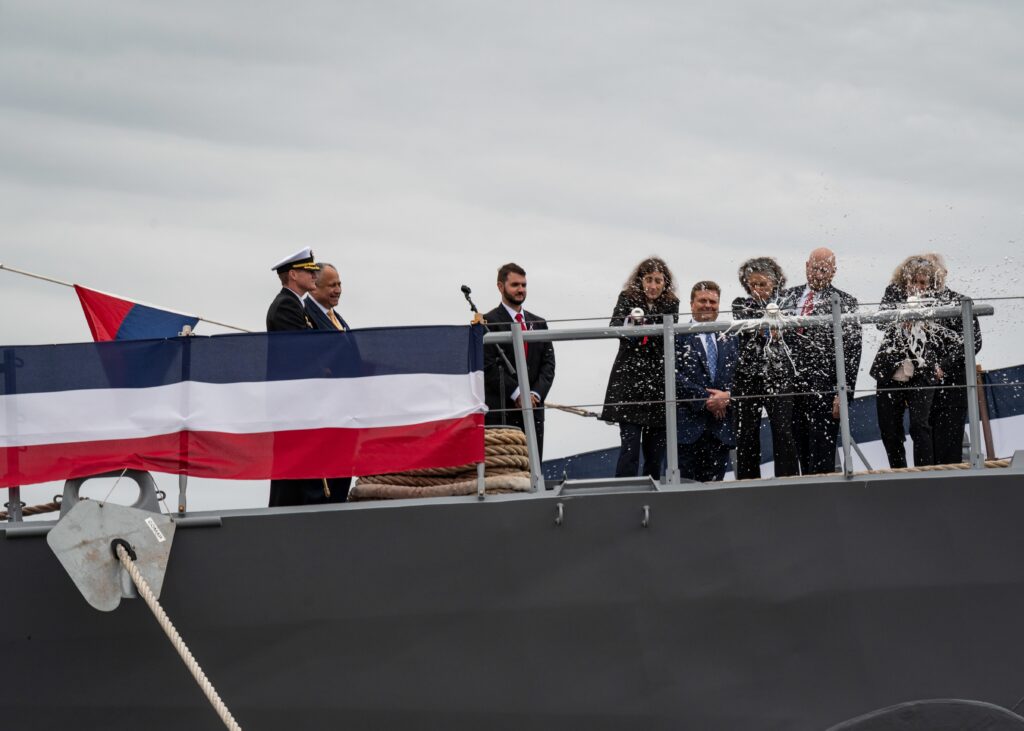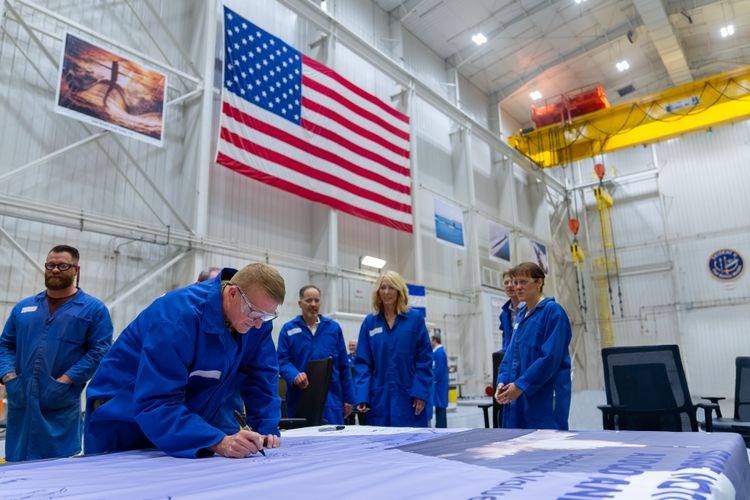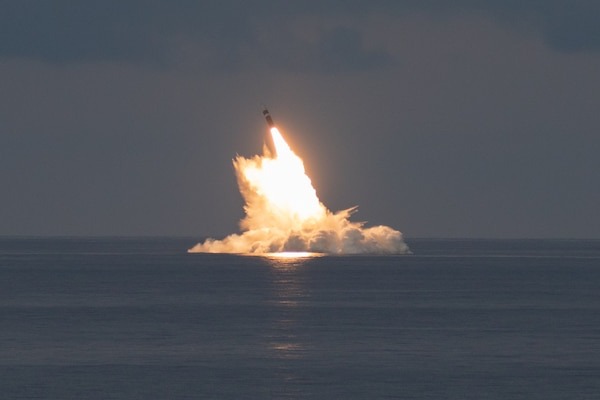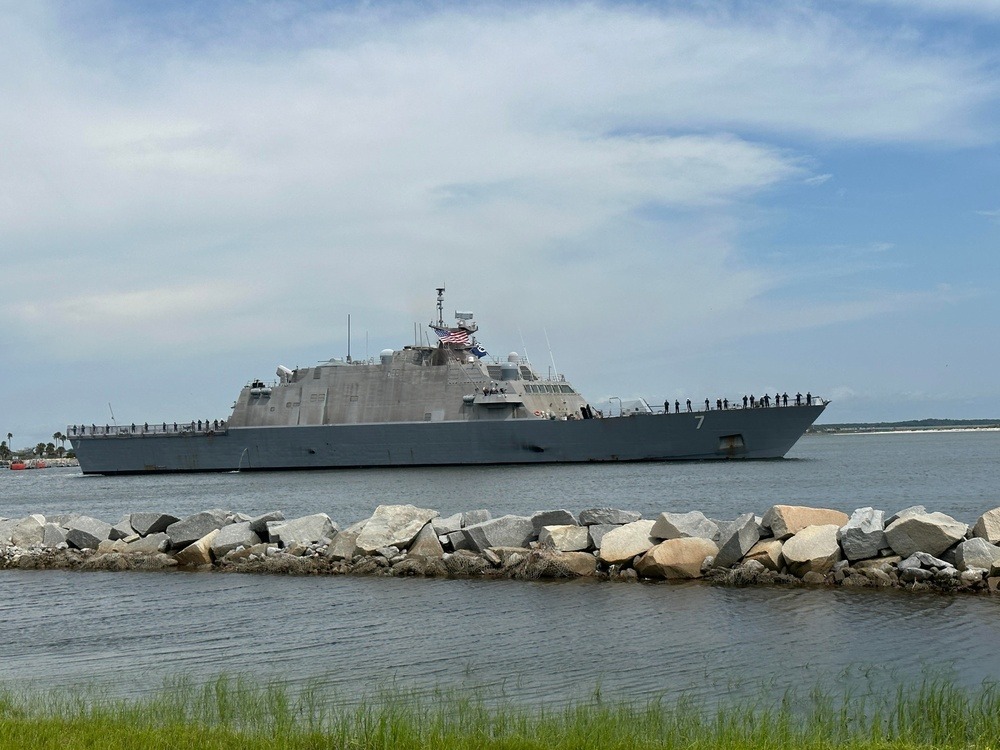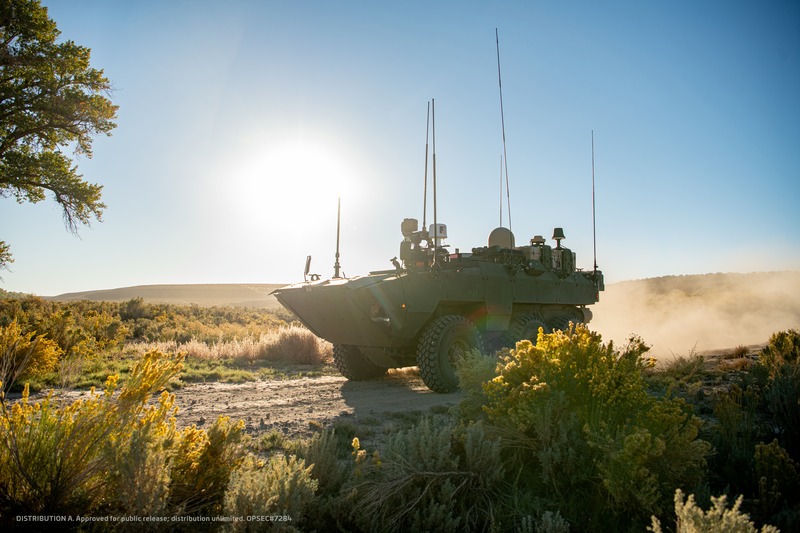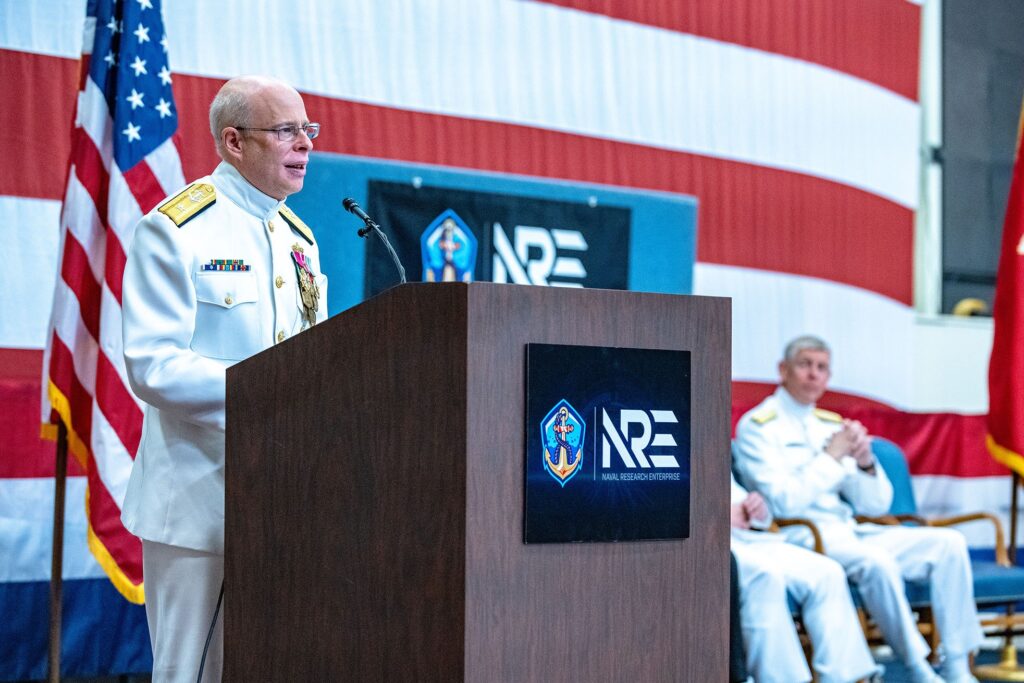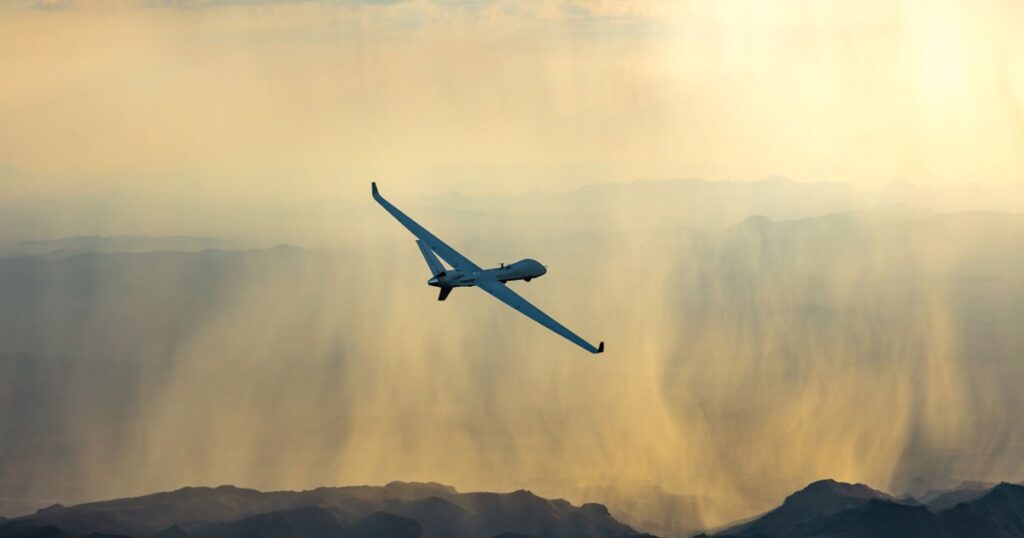Pacific Marines F-35cs Fly From California To Australia For First Time

Release from U.S. Marine Corps Forces Pacific
*****
June 23, 2023
ROYAL AUSTRALIAN AIR FORCE BASE WILLIAMTOWN, NSW, Australia – This week, U.S. Marine Corps F-35C Lightning II aircraft flew from California to Australia for the first time for training and operations in the region. Four jets from Marine Fighter Attack Squadron (VMFA) 314, Marine Aircraft Group (MAG) 11, 3rd Marine Aircraft Wing (MAW) departed Marine Corps Air Station Miramar, California, June 17, and arrived at Royal Australian Air Force (RAAF) Base Williamtown, New South Wales, Australia, June 22.
The jets flew a total of approximately 7,800 miles, conducting four stopovers en route. They were supported with cargo and personnel transport by a U.S. Marine Corps KC-130J Super Hercules from Marine Aerial Refueler Transport Squadron (VMGR) 352, MAG-11, 3rd MAW, and supported with refueling by U.S. Air Force KC-135 Stratotankers from the 171st Air Refueling Wing, Pennsylvania Air National Guard, and 141st Air Refueling Wing, Washington Air National Guard.
“The VMFA-314 Black Knights are beyond excited to bring the first land-based I MEF fifth-generation stealth fighters all the way from California to Australia. Over the past year, we’ve trained in our own Marine Corps F-35Cs with the Royal Australian Air Force F-35As and E-7 Wedgetails in the U.S., and now it is time to train with our valued Allies on their side of the globe,” said Lt. Col. Michael O’Brien, commanding officer, VMFA-314.
VMFA-314 trained with RAAF No. 3 Squadron and their F-35As in Hawaii in December 2022 during exercise Pacific Edge 23. The two units also trained together in the Joint Simulation Environment at Naval Air Station Patuxent River, Maryland, in February 2023.
The VMFA-314 detachment is slated to conduct unit-level and bilateral integrated training at RAAF Base Williamtown through mid-July.
“This movement and the training to come not only demonstrate the force mobilization capability of the F-35C, but the advanced stage of tactical and logistical interoperability between the RAAF and USMC. We have a long history of security cooperation dating back to World War II, and we are now focused on strengthening our relationship while integrating our most capable, cutting-edge platforms as well,” O’Brien said.
The Marines and aircraft of VMFA-314 are the first element of a larger U.S. Marine Corps footprint from I Marine Expeditionary Force based in San Diego, California, slated to arrive for training in the region.
